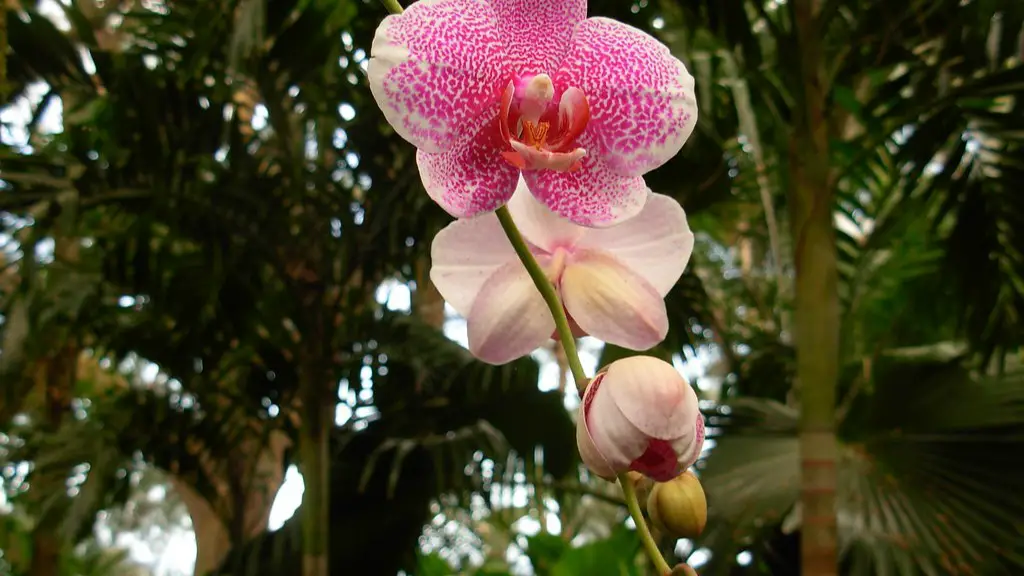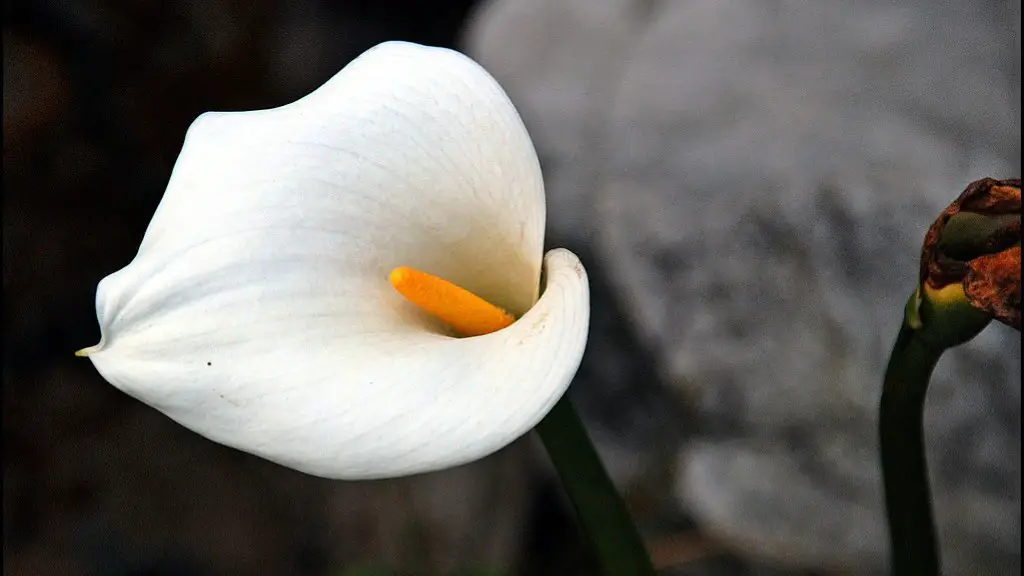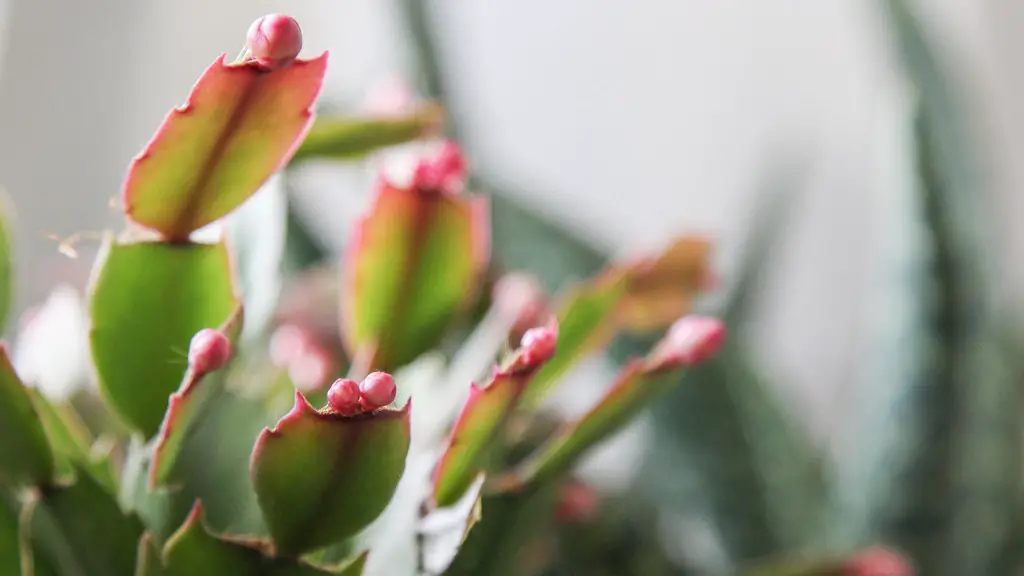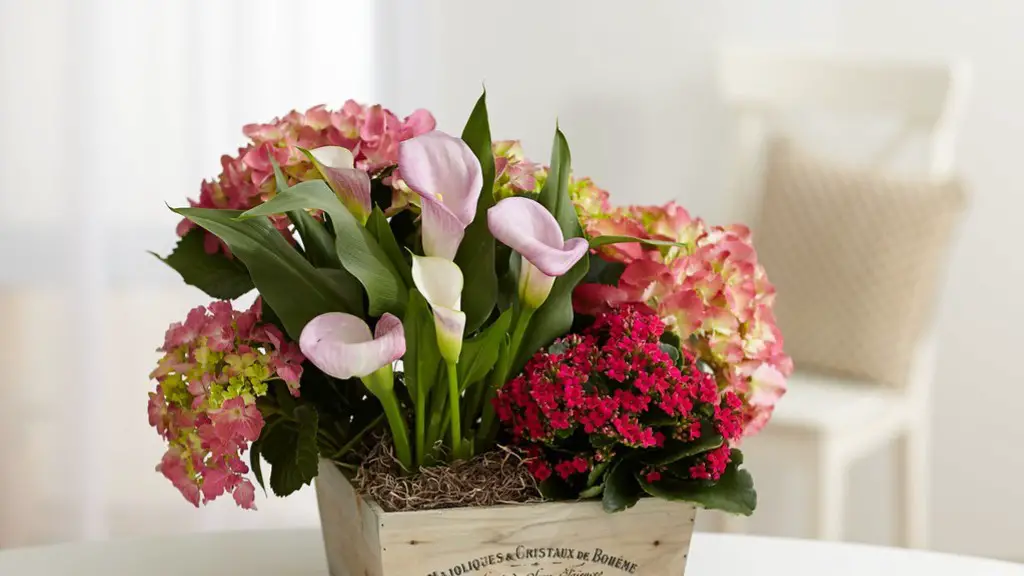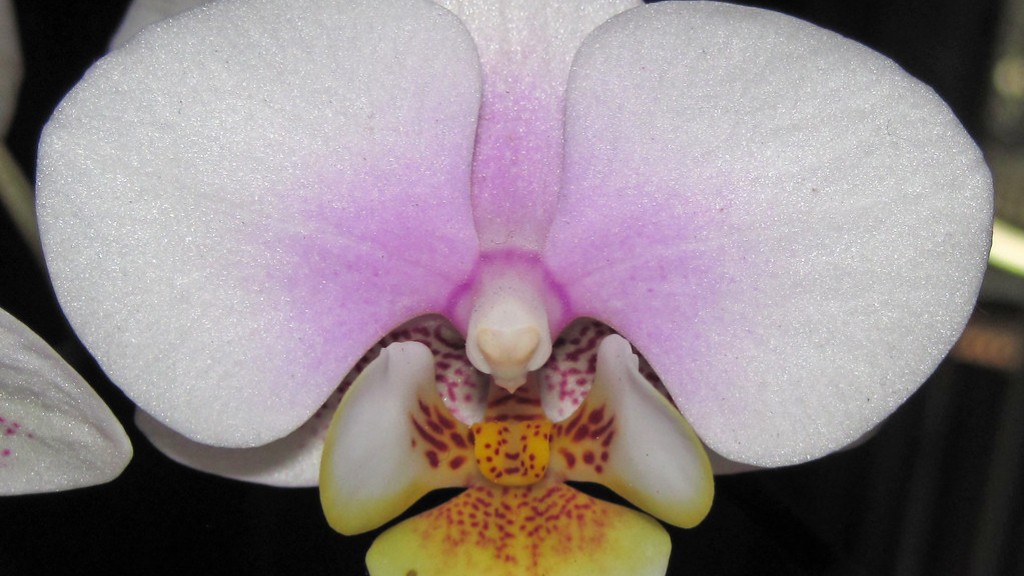A phalaenopsis orchid can make a beautiful addition to any home. But what do you do when your lovely orchid starts to die? Don’t despair! With a little bit of knowledge and effort, you can save your dying orchid and help it thrive once again.
To save a dying phalaenopsis orchid, remove it from its current pot and replant it in a new pot with fresh, well-draining potting mix. Water the plant deeply, then allow it to drain completely. Place the pot in a bright, humid location out of direct sunlight.
How do you revive a phalaenopsis orchid?
You can revive an orchid plant by repotting it in some fresh growing medium. First, cut back any dead or dying roots and leaves. Next, remove the plant from its current pot and gently loosen the roots. replant the orchid in a new pot with fresh growing medium. Water the plant well and place it in a bright, indirect light. With a little care, your orchid should soon begin to grow new roots and leaves.
If you want to cut down a stem, you will need to use a sharp knife or shears. Make sure to cut at an angle so that the cut surface is slanted. This will help the plant to absorb more water.
Can a dried up orchid be revived
If your orchid’s leaves are looking small and withered, it may be due to dehydration. Careful and consistent watering, plus light fertilizer, may be enough to revive your plant.
If you have an orchid that has lost all its leaves, it is probably not going to recover. However, if there are still some leaves left on the plant, there is a chance that you can revive it. It will take some time and patience, but it is possible. Rooting hormones may help the plant to grow new roots, but in many cases, you will just have to wait and see.
What does a dehydrated orchid look like?
If you see that your orchid’s bottom leaves are yellow and wilted, and its buds are falling off instead of opening, it is likely dehydrated. Dehydration is a common problem with orchids, and can be caused by a number of factors, including too much sun, too little water, or poor drainage. If you suspect your orchid is dehydrated, water it thoroughly and then place it in a shady spot out of direct sunlight.
Overwatered orchids will have leaves that look limp or sometimes leathery depending on the species. The existing leaves may begin turning yellow, and new leaves may look pleated. Usually, a change in the leaves is the most visible warning sign that orchids give.
What does an orchid look like when dying?
If you see any of the above signs, your plant could be dead. If you’re not sure, you can try giving it some water and waiting a few days to see if there are any changes.
If you’re waiting for your orchid to rebloom, you can trigger reblooming by fertilizing your orchid and moving it to a cooler environment where temperatures are between 55 to 65 degrees Fahrenheit. Your orchid will bloom for up to three months and remain dormant for about nine months before reblooming again.
How do you treat orchids with hydrogen peroxide
You don’t need to spray directly into the crown of the tree; you can just pour it in and leave it for about an hour. This will help the tree to absorb the nutrients more easily.
It’s easy to tell if an orchid is dead or alive by checking the crown and roots. If the crown is brown and mushy, the orchid is likely dead. However, if the crown is green or white and plump or firm to the touch, the orchid is healthy and alive.
How long should I soak a dehydrated orchid?
If the first two steps of watering and misting haven’t solved the problem, and you’re still seeing signs of dehydration (wrinkled leaves, brown tips, etc.), you can try soaking the orchid’s roots and bark in tepid water for two minutes. Drain thoroughly before returning the plant to its decorative pot.
Orchids prefer a small pot so that their roots can weave through the compost as they grow. However, they will eventually run out of room and their roots will push the plant up above the rim of the pot or reach out into the air. This is a sure sign that it’s time to re-pot the orchid.
How often should you water a dying orchid
Phalaenopsis orchids should be watered when the roots are dry, no matter when. More specifically, the orchid should be watered when the potting media is dry to the touch.
Orchids are beautiful, exotic flowers that come in a wide variety of colors, shapes, and sizes. Many people think of them as being difficult to grow, but with a little knowledge and care, they can be easy to grow and thrive.
One of the great things about orchids is that they will grow new stems, so if you want to propagate a new plant, you can take stem cuttings or divide the rhizomes. You can also expect a flower spike to grow back after cutting it down when its blooms die. With a little care, you can enjoy these beautiful flowers for many years to come.
Should I cut off dead orchids?
Cutting off the dead roots, leaves, and canes will help the plant to regrow and be healthy. Repotting it in clean bark or moss will also help the plant to be healthy and thrive.
Orchids rely on nitrogen for optimal health, so it’s important to use a fertilizer that contains this nutrient. All-purpose flower fertilizer and orchid fertilizer are both good options. For a high-nitrogen option, you can also use tea bags. Simply open the bag and spread the contents in the potting media.
How many days can an orchid go without water
An orchid needs water once a week during winter and twice a week during summer. However, if it goes more than two to three weeks without water, it will start dying.
If your orchid’s roots are brown and mushy, or the crown connecting the leaves and roots is brown and mushy, then your orchid has suffered root rot and is beyond saving.
Final Words
1. Start by evaluating the plant. Check for obvious problems like pests, disease, or dehydration.
2. If the plant is dehydrated, water it thoroughly. Be sure to use distilled or rain water, as regular tap water can contain chemicals that can harm the plant.
3. If the plant is affected by pests, treat it with an appropriate insecticide.
4. If the plant is affected by disease, try to treat the disease with a fungicide or insecticide.
5. If you can’t identify the problem, or if the plant is failing to improve, it may be necessary to repot the plant. Use a pot that is slightly larger than the current one, and use fresh potting mix.
6. Finally, make sure the plant is getting enough light. Phalaenopsis orchids prefer bright, indirect light.
The best way to save a dying Phalaenopsis orchid is to catch the problem early and take action. First, check the leaves for signs of stress such as yellowing, browning, or wilting. Next, check the roots for rot or other damage. If the plant is too far gone, it may be best to start over with a new one. However, if the plant is still salvageable, try repotting it in fresh, sterile potting mix and moving it to a brighter location. With a little bit of love and care, your orchid should start to bounce back.
